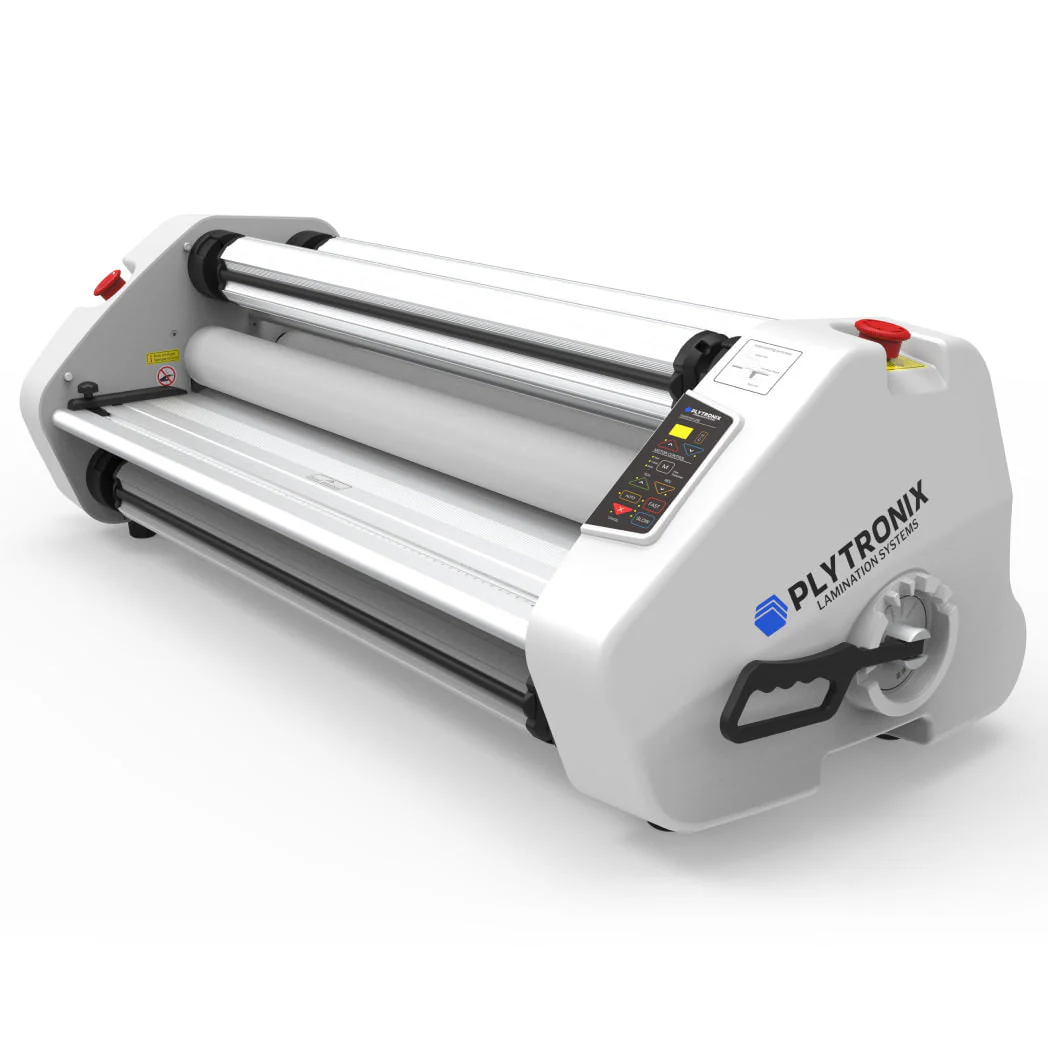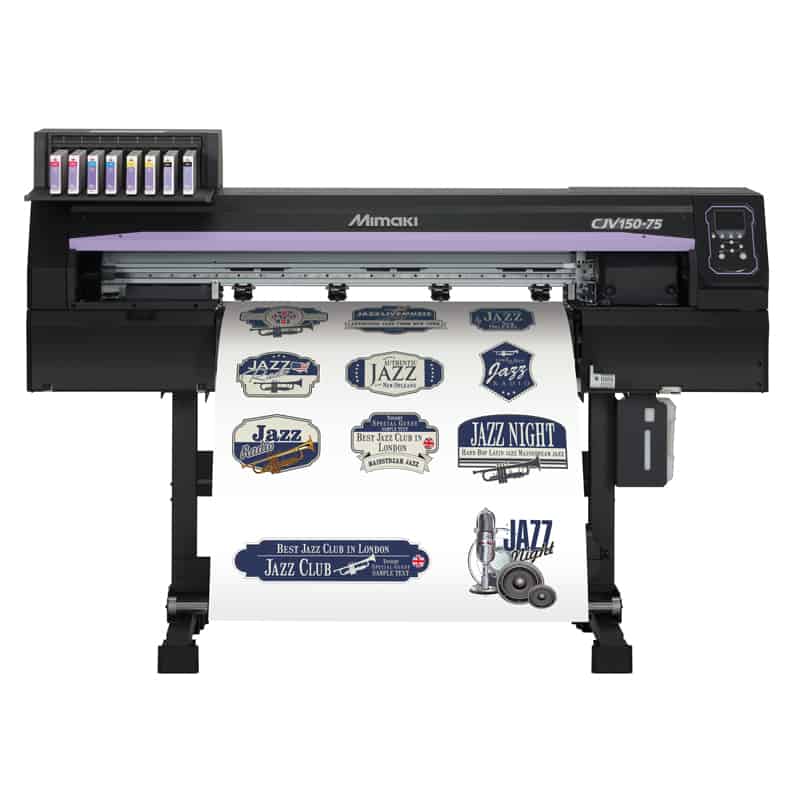Introduction
In the world of digital printing, two technologies have emerged as frontrunners for businesses looking to enhance their print capabilities: UV LED printers and flatbed printers. Both of these technologies offer distinct advantages depending on the type of printing you require, but they also have their limitations. In this post, we’ll dive into the key differences, benefits, and downsides of each, helping you make an informed decision when selecting the best printer for your business needs.
What is UV LED Printing?
UV LED printing is a digital printing method that uses ultraviolet (UV) light in the form of LED lamps to instantly cure ink as it’s printed. The inks used in UV LED printing are designed to dry and harden as soon as they’re exposed to the UV light, eliminating the drying time traditionally needed with other printing methods.
Advantages of UV LED Printing
-
Energy Efficiency: UV LED printers consume less power, as LED lights use significantly less energy compared to traditional UV lamps.
-
Faster Curing: The immediate curing process enhances productivity, reducing overall print time.
-
Eco-Friendly: The technology produces fewer volatile organic compounds (VOCs), making UV LED printers a greener choice for your business.
-
Versatile Materials: UV LED printers can print on flexible materials such as vinyl, film, textiles, and more.
-
Higher Durability: UV LED prints are scratch-resistant, waterproof, and fade-resistant.
Cons of UV LED Printing
-
Limited to Smaller Projects: Due to smaller print areas, UV LED printers may not be suitable for larger signage or oversized printing.
-
Higher Ink Costs: The cost of UV LED inks tends to be higher than traditional inks, potentially increasing operating costs.
What is a Flatbed Printer?
Flatbed printers are specialized UV printers that feature a flatbed platform where substrates are placed for direct printing. These printers are ideal for both rigid and flexible materials, and they allow for high-precision printing on a wide variety of surfaces, including thicker and heavier materials.
Advantages of Flatbed Printing
-
Print on Large & Rigid Substrates: Ideal for printing on larger materials such as signage, wood, glass, metal, and acrylic.
-
High Precision: Due to the flatbed design, these printers offer exceptional detail and accuracy, making them perfect for high-quality prints.
-
Flexible Substrate Handling: You can print directly onto virtually any material, including three-dimensional objects.
-
Larger Print Area: Flatbed printers are capable of printing larger projects with extended print bed sizes.
Cons of Flatbed Printing
-
Slower Speed: Due to the manual handling and larger substrate size, flatbed printing may be slower compared to UV LED printers.
-
Larger Footprint: These printers generally require more space, making them less suitable for smaller operations or businesses with limited room.
UV LED Printers vs. Flatbed Printers: Which is Right for You?
| Feature |
UV LED Printer |
Flatbed Printer |
| Technology |
Uses LED UV light for curing |
Uses flatbed platform for printing |
| Energy Efficiency |
Highly efficient with low energy consumption |
Generally less energy-efficient |
| Material Compatibility |
Ideal for flexible media like vinyl |
Works well on both flexible and rigid substrates |
| Print Area |
Smaller print area |
Large print area ideal for oversized prints |
| Speed |
Faster due to quicker ink curing |
Slower due to material handling |
| Cost |
Lower initial cost, but high ink costs |
Higher initial cost and maintenance |
| Ideal Applications |
Promotional items, small signage, custom products |
Large-format printing, custom signs, packaging |
When to Choose a UV LED Printer?
UV LED printers are best suited for businesses that focus on custom printing, promotional products, and smaller items where energy efficiency, speed, and eco-friendliness are important. They are ideal for companies printing stickers, labels, custom merchandise, and smaller signage.
Use Cases:
- Custom Promotional Products
- Personalized Gifts
- Small Signage
- Print on Textiles & Vinyl
Example UV LED Printers:
-
Mimaki UJF-6042 MkII e: This compact UV printer is perfect for small businesses looking to print on custom products. It features Mimaki’s Texture Printing Technology (MTC) to create embossed effects and offers LED UV curing for enhanced energy efficiency.
-
Roland VersaUV LEF2-200: A small-format UV printer that allows for direct printing on a wide range of objects. It’s ideal for businesses looking to print promotional items and personalized products.
When to Choose a Flatbed Printer?
Flatbed printers excel in large-format printing and are ideal for businesses that work with rigid materials or require high-precision prints. They are excellent for sign makers, industrial packaging, and custom decor applications where detailed and high-quality prints on oversized materials are needed.
Use Cases:
- Signage Printing
- Architectural Models
- Large Format Banners
- Industrial & Packaging Printing
Example Flatbed Printers:
-
Mimaki JFX600-2513: This large-format UV flatbed printer is designed for high-volume production. It offers print resolutions up to 1200 dpi and supports multiple ink configurations, making it suitable for large signage and industrial applications.
-
Roland VersaUV LEC2-640: This UV flatbed printer is perfect for printing on rigid and flexible substrates with exceptional color accuracy and high-quality prints, ideal for large-format signage.
Conclusion
Choosing the right printer depends on your business’s needs. If your primary goal is high-speed, energy-efficient, and flexible printing, then UV LED printers are the ideal solution. However, if your business demands large-format prints, high precision, and the ability to print on a variety of materials, flatbed printers may be the better choice.
Both technologies have their strengths and weaknesses, but by evaluating your business’s requirements, you can make the best decision.
For more information or assistance with purchasing the right printer for your business, UV LED printing contact us today to explore our range of UV printers.


































![Absolute Toner $95/month 50" [FREE BONUS] AUTOMOTIVE PPF EDITION JAGUAR V-LX GCC J5-101LX-SE TINT PROTECTION FILM & TINT Cutter Window Tinting Plotter Vinyl Cutters](http://www.absolutetoner.com/cdn/shop/files/Photoroom-20250201_185430.png?v=1738485107)










